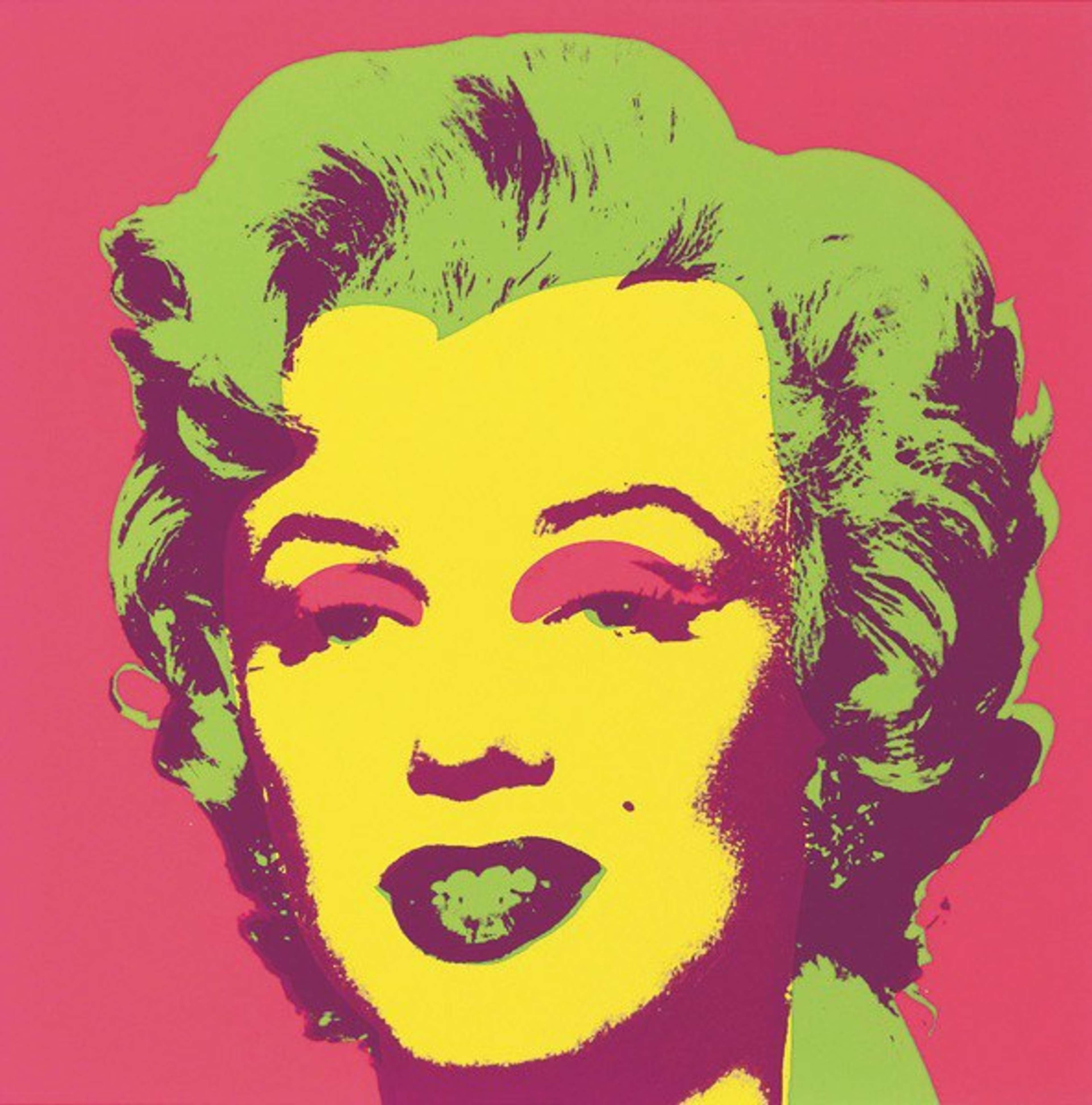 Muhammad Ali © Andy Warhol, 1978
Muhammad Ali © Andy Warhol, 1978
Interested in buying or selling
Andy Warhol?

Andy Warhol
487 works
Andy Warhol was consistently drawn to the representation of public figures and celebrities throughout his entire artistic career. From his early screenprints of Elizabeth Taylor and Marilyn Monroe, it was in 1978 that Warhol created a series of the world famous boxing star Muhammad Ali.
It was not until 1977 that Warhol began to represent sports stars.

In 1977, Warhol recalled: “I really got to love the athletes because they are the really big stars.” In 1978 this included his rendering of the world-famous boxer Muhammad Ali in screen print form. These images later became some of the most sought after works in Warhol’s career.
Warhol was not actually interested in sports and athletes.

Admittedly not himself interested in sports, Warhol was commissioned by art collector and sports enthusiast Richard Weisman to create this series. It was Weisman who introduced Warhol to the world of sports, convincing him to create a portfolio, Athletes.
After 1977 Warhol created many prints of other celebrity sports stars.
 Pete Rose (F. & S, II.360B) © Andy Warhol, 1985
Pete Rose (F. & S, II.360B) © Andy Warhol, 1985Following Weisman’s persuasion, Warhol’s Athletes series drew together some of the greatest athletes of the time. Warhol depicted Pelé, Jack Nicklaus, O. J. Simpson and Kareem Abdul-Jabbar, to name a few. It was through Weisman that Warhol came to realise the great sway and charisma that sportsmen held on the masses, starting to see them as celebrities and icons in their own right, famously stating that “athletes are the new movie stars.”
Warhol himself shot the original photographs of Ali for this set of prints.

Setting itself apart from many of Warhol’s portrait series, in this instance Warhol shot the photographs of the sitter, travelling to Ali’s training in Pennsylvania to photograph and interview the boxer. Warhol shot 56 polaroids in total of Ali, but selected only four specifically for his screen prints.
The Muhammad Ali series represents a wider fascination with violence.

In one of the prints in this series, Ali is shown in a combative pose, his fists raised, and his eyes locked firmly to the viewer, as though challenging his opponent. Ali’s combative stance also strongly evokes the theme of violence, a subject that Warhol first introduced in his Death and Disaster series. In this image, Warhol once again takes advantage of the public fascination with violence, perhaps suggesting that this has in itself contributed to Ali’s superstardom. His raised fists become symbolic also in their significance as the tools of his trade; a trade that defines Ali’s identity in the public eye and in popular culture.
Warhol used his most famous colour blocking and printmaking technique to create this portfolio.

The printing techniques used in this series are synonymous with the aesthetic of Warhol’s most renowned work. Muhammad Ali 182 demonstrates the way in which the varied and vibrantly coloured backgrounds can enhance Ali’s features, increasing the intensity of his stare to the viewer. In some versions, prior to printing the image, Warhol worked into the surface with paint to create the impression of movement.
This series demonstrates Warhol’s love of experimentation.

The act of printing and painting in multiple variations that is evident in this series, demonstrates Warhol’s experimentation with typical art processes, manipulating colour and creating contrasting effects with each repetition.
Warhol’s Ali portfolio is one of the first major celebrations of a black hero in American art history.

In 1978 when Warhol’s Muhammad Ali screen prints were first published, Ali was already regarded as a sporting hero, having just become the World Boxing Association Heavyweight Champion for the third time. He was renowned for his agility and stunned both opponents and spectators with his consistency, winning fight after fight for more than a decade.
These prints first sold for US$25,000.

Soon after their realisation, the Muhammad Ali prints began selling for US$25,000. These were some of the highest prices that Warhol prints had ever achieved whilst the artist was still alive - a true testament to the popularity of the athlete and Warhol’s growing commercial success.
Muhammad Ali himself made comment on the series.

Commenting on the sales of these prints, Ali stated: “Look at me! White people gonna pay 25,000 dollars for my picture! This little negro from Kentucky couldn’t bu a 1,500 dollar motorcycle a few years agi and now they pay 25,000 dollars for my picture!” The success of the prints has not waned over the years, and the Ali portfolio remains to this day one of the most profitable sets.